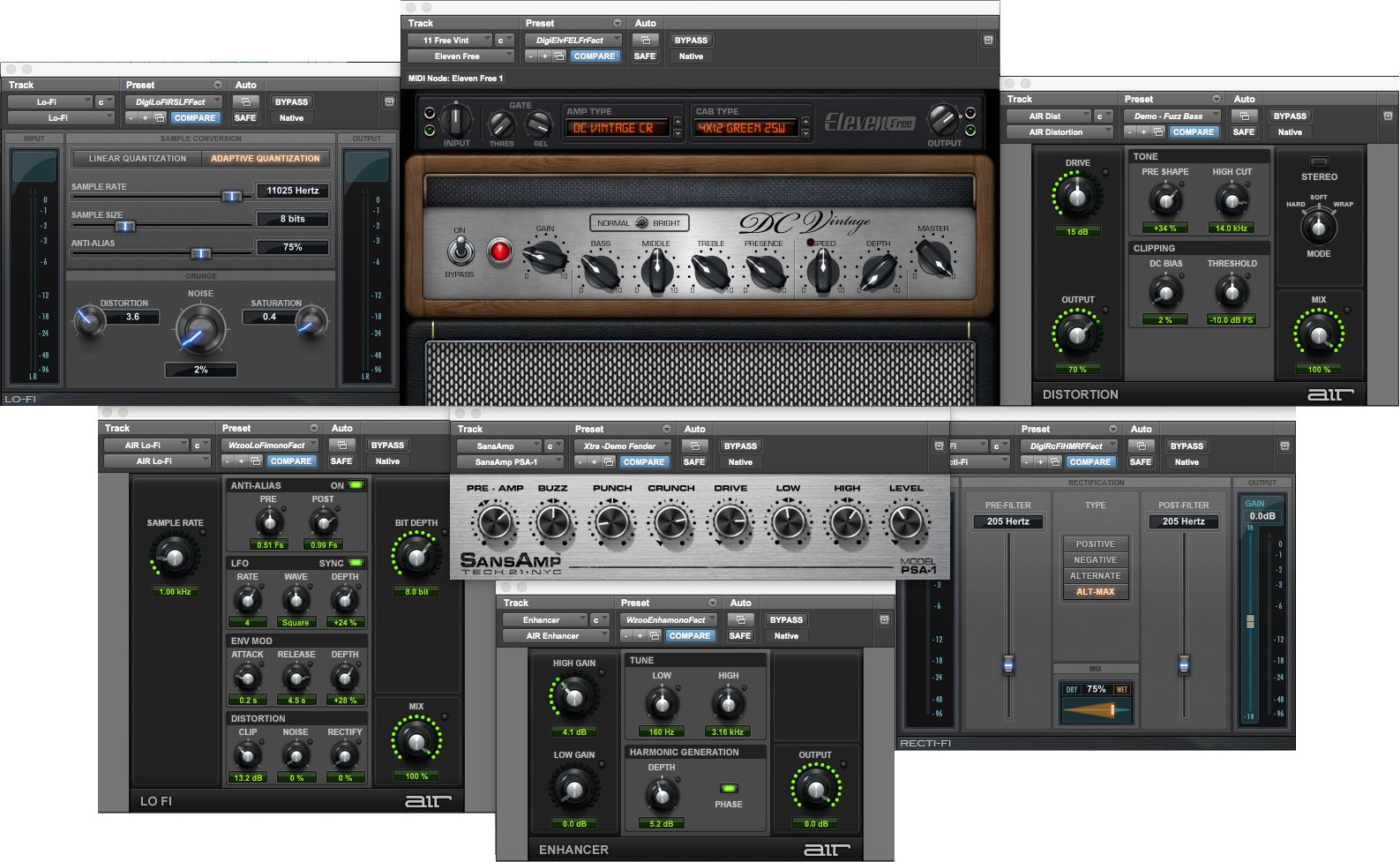

Quicktime (for exporting MOV's into AVI's)įirst off, when capturing the moon, I start in the lowest left of the moon. Try turning off any "Auto" settings when doing captures (ie: color, white balance). If at all possible, do not use any video compression when doing your captures Too many frames/sec means each frame will have less detail.

Keep the number of frames between 10-15 frames/second. Atleast for those who have trackingless mounts, you're still completely capable of putting together a nice lunar mosaic! When creating lunar mosaics, I prefer to use my QC4K so this is what the information pertains to.Ī couple tips about capturing with the webcam: Note that I do not have tracking on my mount, so many of my steps may not be necessary for those who do. That's a very good write up, Nero! This is very similar to what I do. Hope this tip helps all you lunar mosiac guys get nice "panoramas" You can also use gradients and masks to do this, but only on the interface between to frames (rather than all the edges of a frame). This give you a nice transition between the two layers, but you loose a little data at the edges of your frame. The line should disappear, and the edges of your frame will get fuzzy.

Make sure you have the upper layer selected. Now, go to the Select->Feather Set a radius of 5-10 pixels (depending on how much overlap you have).
Btv pro distorted audio windows#
Option click on the upper layer (Alt-click on windows if I am not mistaken) to make a selection of the visible portion of the upper layer. Now, you will probably notice a slight line at the interface where the upper frame ends (the overlap). Now you have the closest aligment possible. I like to start with left and right first, then move on to up and down, then left and right, etc. Do this until you find the darkest frame possible. Now, use the arrow keys to move the frame up and down, left and right (with the move tool selected). Scroll to the middle of the "overlap" as the closer to the edge of either frame you are, the more distortion there is. In reality, due to noise, and small differences in the sensor taking the image, you wont get a perfect black image. Theoretically, when the two images are perfectly aligned, you will get a perfectly black image where they are overlapping. This will subtract the upper layer pixel from the layer underneath. Now, zoom into 100%, and set the layer mode to "difference" and the opacity back to 100%. Now, using the move tool, and zoomed out a bit, move the image around, until you get a rough location (where it looks the sharpest). Now, open the next image you are going to add to the mosaic. Increase the canvas size by the ammount that will fit the rest of the images. Pick your base image- this is ideally one of the top, or bottom "corner" images. I like to overlap at least 30% of the previous frame, and will typically overlap up to 50%. Hopefully, all of the photography was done in one sitting, with all of the exposure, focus, etc, set, and not changed- this will enable you to get the best stitching.Īlso, things are much easier (and more forgiving) if you have a descent amount of overlap between images when you take them.

(all of this is done in photoshop)įirst off, dont do any kind of sharpening/contrast/levels adjustments until you have all of your images combined. Well, I have been playing with this stuff (mosiacs, panoramas, etc.) with terrestrial based photography for ages, and I figured I might be able to contribute a technique that has served me well.


 0 kommentar(er)
0 kommentar(er)
